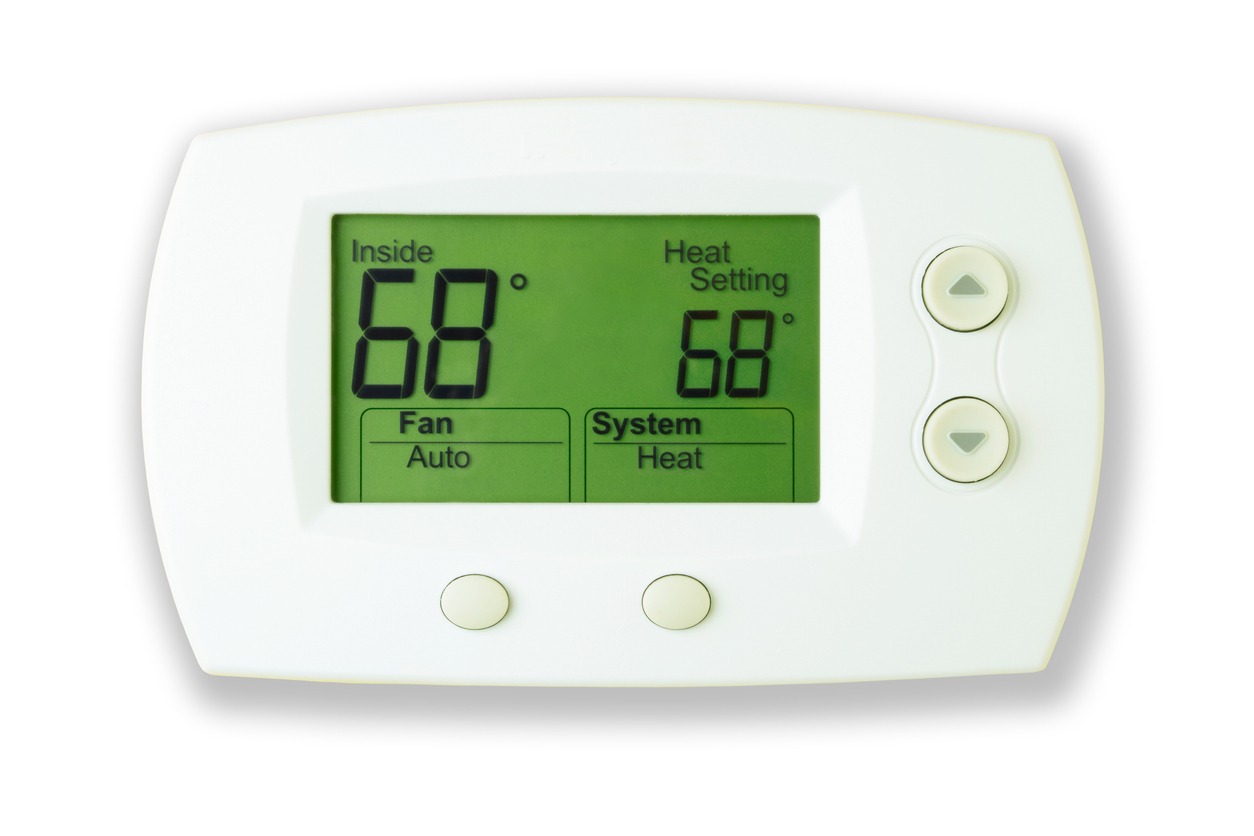The following is a guest blog written by an attendee whom I spoke with at the Windstorm Insurance Conference two weeks ago. I made only minor edits for easier understanding by those who are not claims professionals. I removed two sentences to maintain anonymity for the writer.
Dear Chip;
You asked me to write a post regarding Churn & Burn CAT Adjusting. I have done so but wish to remain anonymous. Associating name might complicate my future employment. On the other hand, it is important to get this practice exposed and named.
At the 2020 WIND Conference we were discussing the epidemic of low-ball carrier estimates after a major storm. The system is often called “churn and burn.”
The object of the system is to write estimates as quickly as possible and turn the claim into the Independent Adjustment firm so you can get more assignments. Accomplishing this requires fast inspections, no complications or contents adjusting and avoiding corrections. In theory, it might sound reasonable but in practice it is a disaster for policyholders who end up with small checks and trapped on the disputed claim treadmill.
Churn & Burn System:
- 1 driver, 1 licensed adjuster, 1 estimator;
- Adjuster labels photos in the car between inspections;
- 10 claims per day, every day;
- Write below deductible if possible; those never get kicked back;
- Repair roofs; do not replace unless obvious;
- Do not chalk roof damage, just take a few photos and move on;
- Never replace doors or windows, that also causes kickbacks;
- Paint ceilings with obvious water damage;
- Keep drywall replacement to a minimum;
- Write all estimates with 3 macros:
- Roof Macro
- Paint exterior
- Interior water damage
- NEVER write contents. Just give them the form and move on;
- Never write anything that may get kicked back for revision.
They key to success is finding the “sweet spot” in the Rate Card. For example, staying below the Wind Deductible pays $435. Writing a roof, exterior paint and a couple interior rooms should land in the $10,001 to $15,000 bracket and pay $675.
Now for the rest of the math:
2 below deductibles per day at $435 = $870
8 “3-macro” estimates per day at $675 = $5,400
Per Day Billing: $6,270
If you can stay deployed for 6-weeks (42-days) you bill: $263,340
How to recognize a Churn & Burn estimate:
- Roof is repaired when it obviously should have been replaced
- Exterior damage is paid for but does not exist
- Minimal or no drywall replacement
- No interior damage and Insured swears the IA never entered the house
- No Contents even with extensive storm damage
- At the property “15-minutes” per the Insured
- Adjuster refused to talk to Insured
- Below Deductible or minimal payment
Competition for Independent Adjusting contracts with carriers is strong so the environment is conducive to such tactics:
- Carrier meets processing deadlines;
- Reserves are low;
- A very high percentage of policyholders accept the first settlement offer.
The downside for such practices is significant:
- Insured’s sign AOB’s in the hope it would get their home repaired;
- Higher “penetration” by Public Adjusters and Attorneys.
The carriers then lobby the Legislature about excessive litigation and out of control settlement costs. The comparison looks bad if the regulators are not aware the initial claims were “churned” and significantly underpaid. Such tactics by a few bad carriers distort the claims payment process and only lead the race to the bottom.
Finding a new way to reduce payment on claims only increases profits temporarily. The market quickly adapts and the damage to policyholders is permanent.




